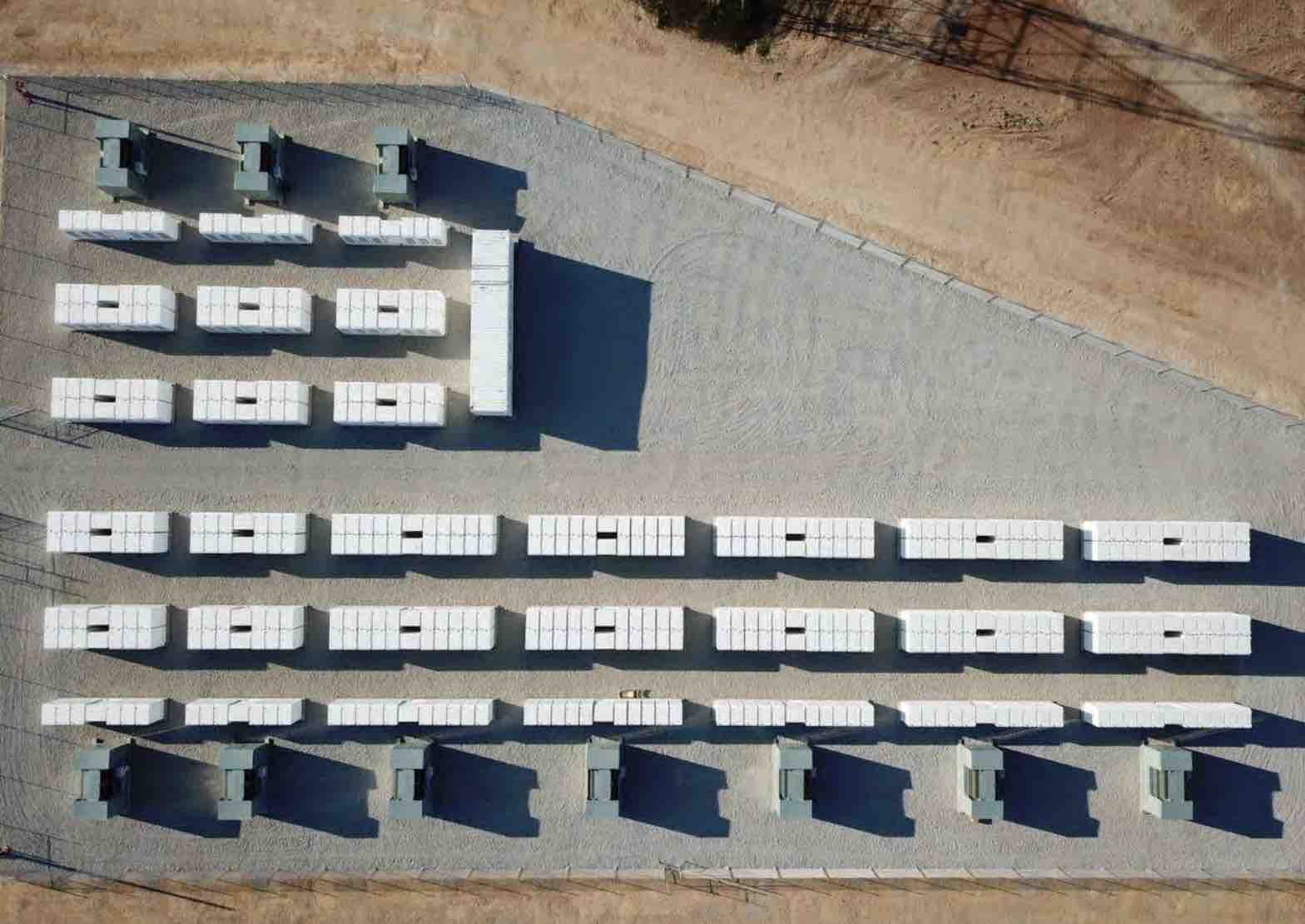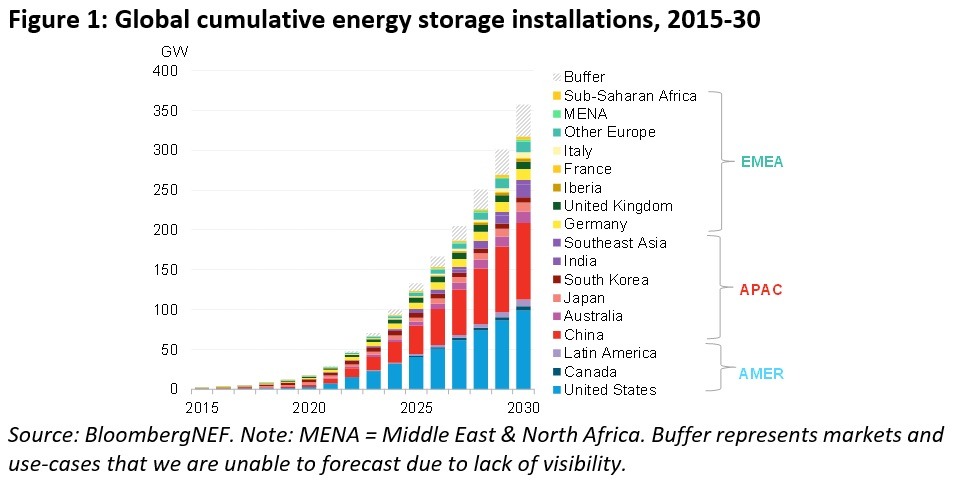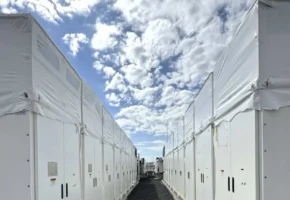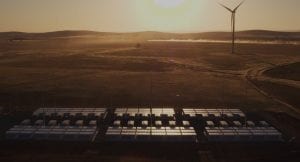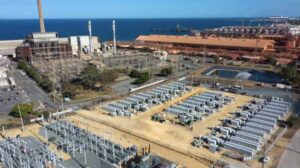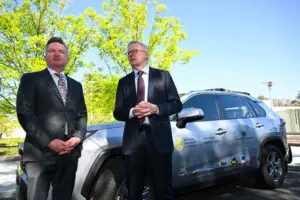Global battery storage installations will increase 20-fold to a cumulative total of around 358GW with 1.03TWh (terawatt hours) of available storage by the end of 2030, according to new research published by BloombergNEF (BNEF).
The 2021 Global Energy Storage Outlook report says the world’s two biggest electricity markets, the United States and China, will claim more than half of all global installations between them by the end of this decade.
However, other top markets will nevertheless include Australia, India, Germany, the United Kingdom, and Japan.
BNEF says the US and China will remain dominant thanks to the clean power ambitions of both state governments and utilities in the US, and China’sg oal of installing 30GW of new battery storage by 2025, combined with stricter renewable integration rules.
BNEF expects the Americas to build more on a megawatt-hour basis, due in large part to the fact that US battery storage plants usually have more hours of storage.
Elsewhere, BNEF points to supportive policies, ambitious climate commitments, and the growing need for flexible resources as common drivers for pushing new energy storage installations.
“The global storage market is growing at an unprecedented pace,” said Yiyi Zhou, clean power specialist at BNEF and lead author of the report.
“Falling battery costs and surging renewables penetration make energy storage a compelling flexible resource in many power systems. Energy storage projects are growing in scale, increasing in dispatch duration, and are increasingly paired with renewables.”
The report also looked into the ways in which the growing energy storage capacity will be used, with 55% of capacity expected to provide energy shifting – for instance, storing solar or wind energy for release at a later time.
Customer-sited batteries – in homes and businesses – will see their growth continue at a steadier pace, led by Germany and Japan and with sizeable markets in both Australia and California.
By 2030, BNEF expects energy storage located at homes and businesses to account for around a quarter of global storage installations.
“This is the energy storage decade,” said Yayoi Sekine, head of decentralized energy at BNEF. “We’ve been anticipating significant scale-up for many years and the industry is now more than ready to deliver.”
Finally, the BNEF report also analysed varying battery technologies, revealing that the industry is adopting multiple lithium-ion battery chemistries such as lithium-iron phosphate (LFP), which will be used more than nickel-manganese-cobalt (NMC) chemistries for stationary storage for the first time in 2021.
Other storage technologies are also under development – including technologies such as compressed air and thermal energy storage, which are able to provide longer dispatch duration compared to batteries – but BNEF expects that batteries will remain dominant across the market until at least the 2030s.

